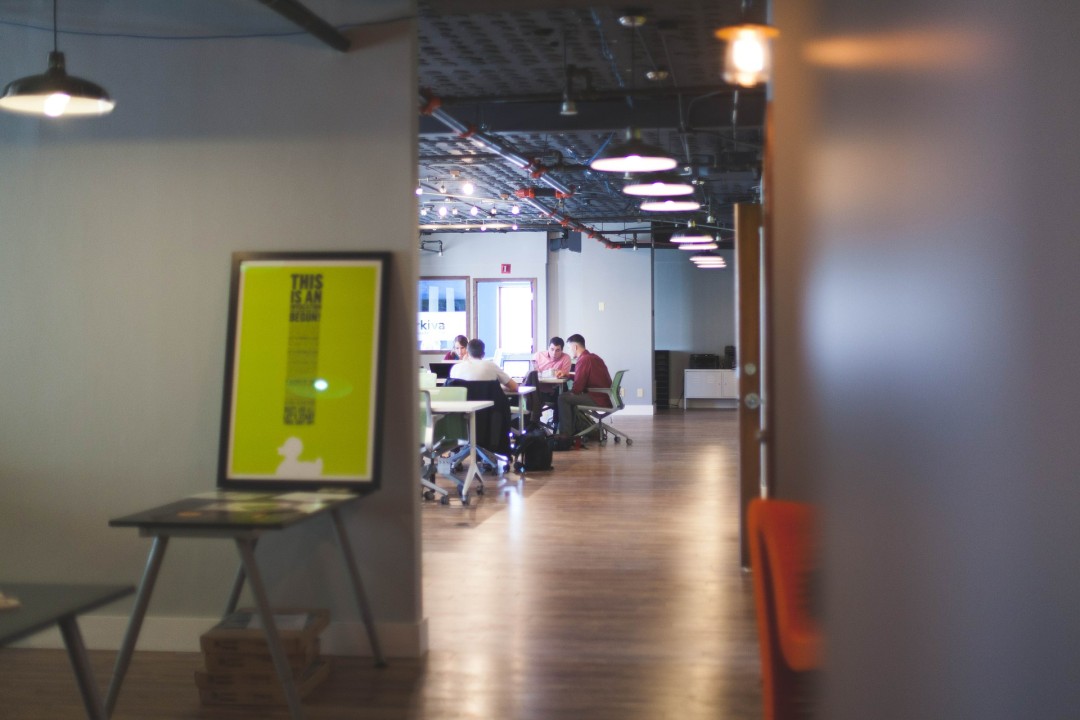At Pantheon Work, we usually make quick and prospective assessments, because we think that one of the keys to success is the generation of value from resources/assets (knowledge, innovative ideas, talents, contacts, etc.) that are being underused. The general diagnostics are shared by many people and many organizations: “we work in silos”, “lack of internal communication”, “people are not motivated”, “it is difficult for us to innovate”… Our approach to the problem is to detect those underutilized assets that are different in each organization, and ensure that the flow of information allows us to take benefit of them in “win more – win more” dynamics. Our contribution of value as consultants is to work in a craftsmanship way, and to some extent, with surgical precision, with the specificity of the organization.
Our approach, on the other hand, is quite simple: it never requires an abrupt and costly transformation. Instead we prefer to work from strategic places in the organization in a new way that over time and organically spreads in the organization to change the organizational culture focusing on value and knowledge. Little is more revealing in an organization than observing how information flows in it, and the optimization of that information flow is what allows us to improve the adaptation to the environment and the results achieved. We introduce what we call digital native practices, which by their origin and nature, are tremendously cost-effective. These practices are not written in stone: there are many processes and tools to implement them, and it is important to do so according to the reality of each organization. It is in this adaptation to each reality that we provide value.
We know that in organizations there are resistant to change, and it seems natural and even healthy. We must be prudent before introducing changes. We cannot put at risk pillars that helped us in the past and that may be essential for the future. Working with an ideal model of the organization we want instead of working with what we have is a guarantee of failure. The key is that the people who are part of the organization come to the conclusion of what resistance to change makes sense, and which do not. The moment we discern that, everything changes.
We ask you a question that we use as a tool: what would we do if we wanted to make the current situation worse?
How to make your organization worse
According to the Palo Alto school, it is more common for organizations to persist in trying solutions that they have tried unsuccessfully in the past. It is often expressed with “we have not been enough…” or “we have lacked more…”. Sometimes organizations persist in these old new solutions because they have run out of ideas. Taking an inventory of the solutions tried is a good beginning to start being creative, but many times we drag so many hours of conversation and attempts to solve the problem that it costs to be creative and propose a new idea.
In these cases, we ask those involved to think for a few days about answers to the following question: “If I wanted to make the situation worse rather than better, what would I have to do? Surprising as it may seem, this change of perspective puts people in a completely different scenario. First, it unlocks the imagination of the participants. But it also helps them to better understand the nature of the problem, and to perceive what current ideas and practices, which until now had not been questioned, should be. After the individual exercise, “What would I have to do to make my organization’s situation worse?” we will collectively think about how, with the right agreements, the situation could get even worse. It is also very illustrative to conduct the debate in front of our value map: in what flows of deliverables could we intervene to worsen the situation? What role could we sabotage to achieve the maximum worsening, and with what changes in the deliverables?
Indeed: both individually and collectively, we realize why we are part of both the problem and the solution. By turning around the avalanche of creativity that emerges to worsen the problem, we will not only have found solutions: we will have changed our perception of the problem, and of of our resistance to change.

